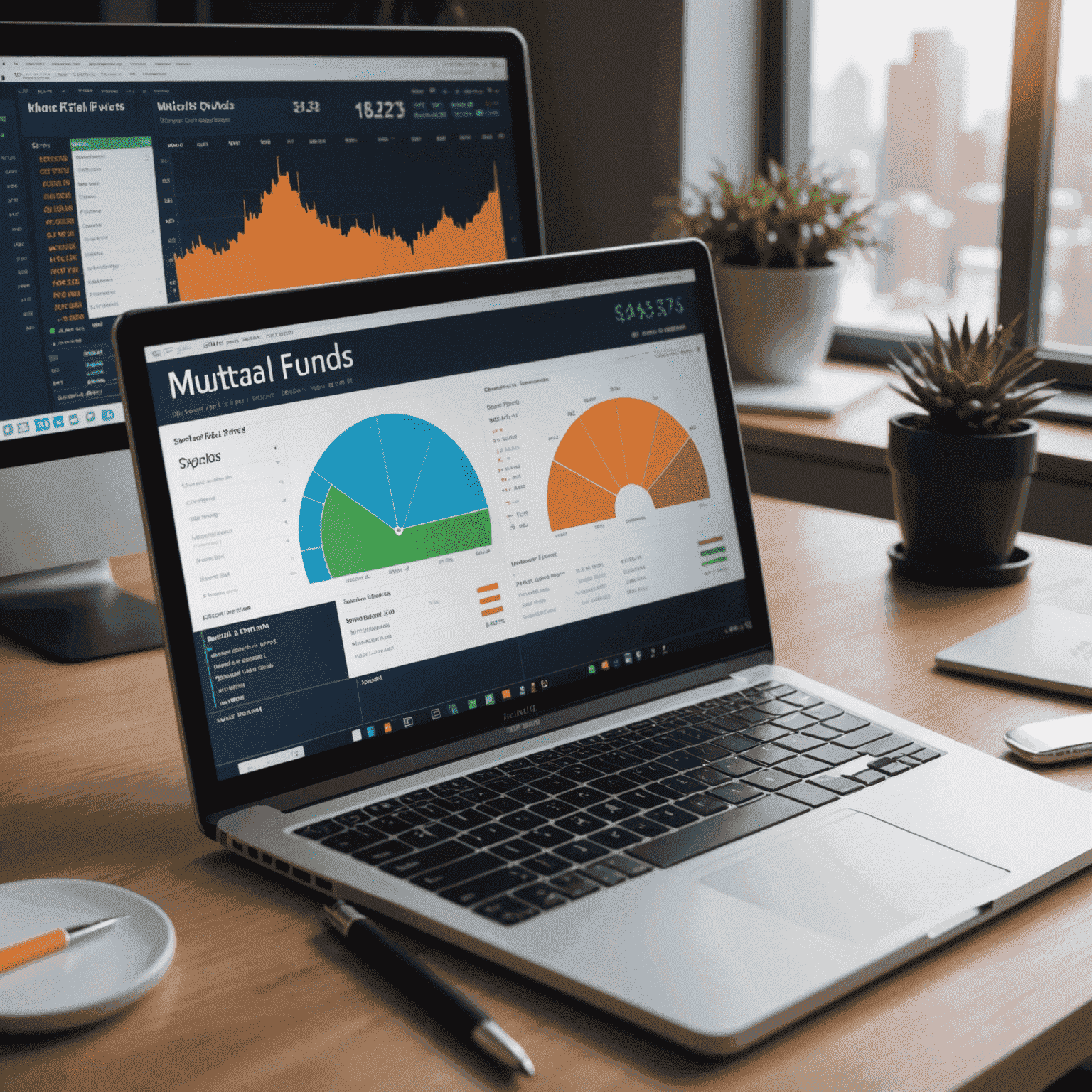Demystifying Mutual Funds and ETFs

For many investors, especially those just starting their journey with Myfirstrade_pro, understanding the difference between mutual funds and exchange-traded funds (ETFs) can be crucial. Both are popular investment vehicles, but they have distinct characteristics that can impact your investment strategy. Let's break them down and see how they can fit into your portfolio.
What are Mutual Funds?
Mutual funds are investment vehicles that pool money from many investors to purchase a diversified portfolio of stocks, bonds, or other securities. They are managed by professional fund managers who make investment decisions on behalf of the fund's investors.
Key Features of Mutual Funds:
- Priced once per day, after market close
- Often have minimum investment requirements
- Can be actively or passively managed
- May have higher expense ratios due to active management
What are ETFs?
Exchange-Traded Funds (ETFs) are similar to mutual funds in that they represent a basket of securities, but they trade on exchanges like individual stocks. This means their prices fluctuate throughout the trading day.
Key Features of ETFs:
- Trade throughout the day like stocks
- Often have lower minimum investment requirements
- Typically passively managed, tracking an index
- Generally have lower expense ratios

Incorporating Mutual Funds and ETFs into Your Investment Strategy
When building your investment portfolio on Myfirstrade_pro, consider these factors:
- Investment Goals: Are you investing for long-term growth or seeking regular income?
- Risk Tolerance: How much volatility can you handle in your investments?
- Diversification: Both mutual funds and ETFs offer instant diversification, which is crucial for managing risk.
- Cost Considerations: Compare expense ratios and any associated fees.
- Tax Efficiency: ETFs are generally more tax-efficient due to their structure.
Making the Right Choice
The choice between mutual funds and ETFs isn't always an either/or decision. Many successful investors incorporate both into their portfolios. Here's a quick guide:
- Consider mutual funds if you prefer a hands-off approach and don't mind end-of-day pricing.
- Lean towards ETFs if you want more trading flexibility and are cost-conscious.
- Use a combination to take advantage of the strengths of both investment types.
Remember, the key to successful investing is not just choosing between mutual funds and ETFs, but understanding how they fit into your overall investment strategy. As you continue your journey with Myfirstrade_pro, take the time to research and understand these investment vehicles thoroughly.
Pro Tip:
Start your investment education by exploring the range of mutual funds and ETFs available on Myfirstrade_pro. Look at their historical performance, expense ratios, and the sectors they cover. This hands-on approach will help you gain practical knowledge as you build your investment portfolio.